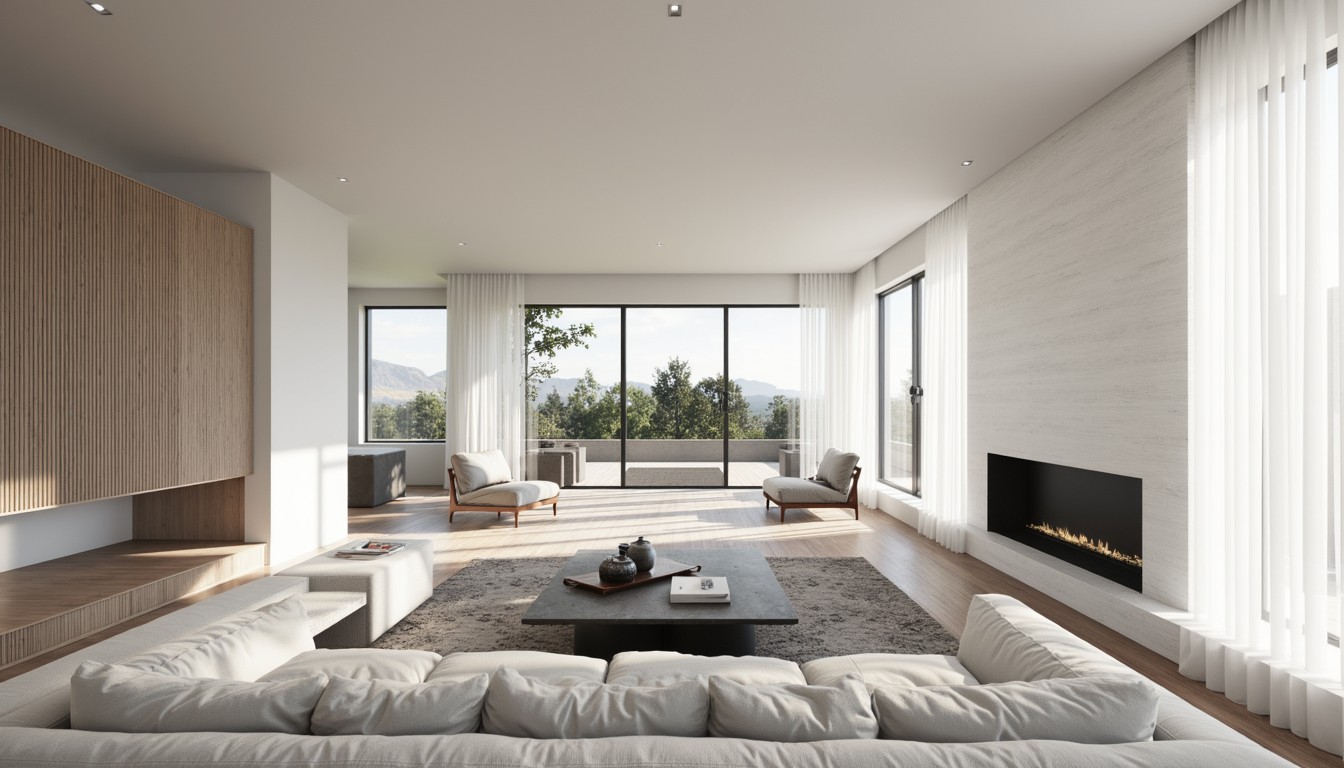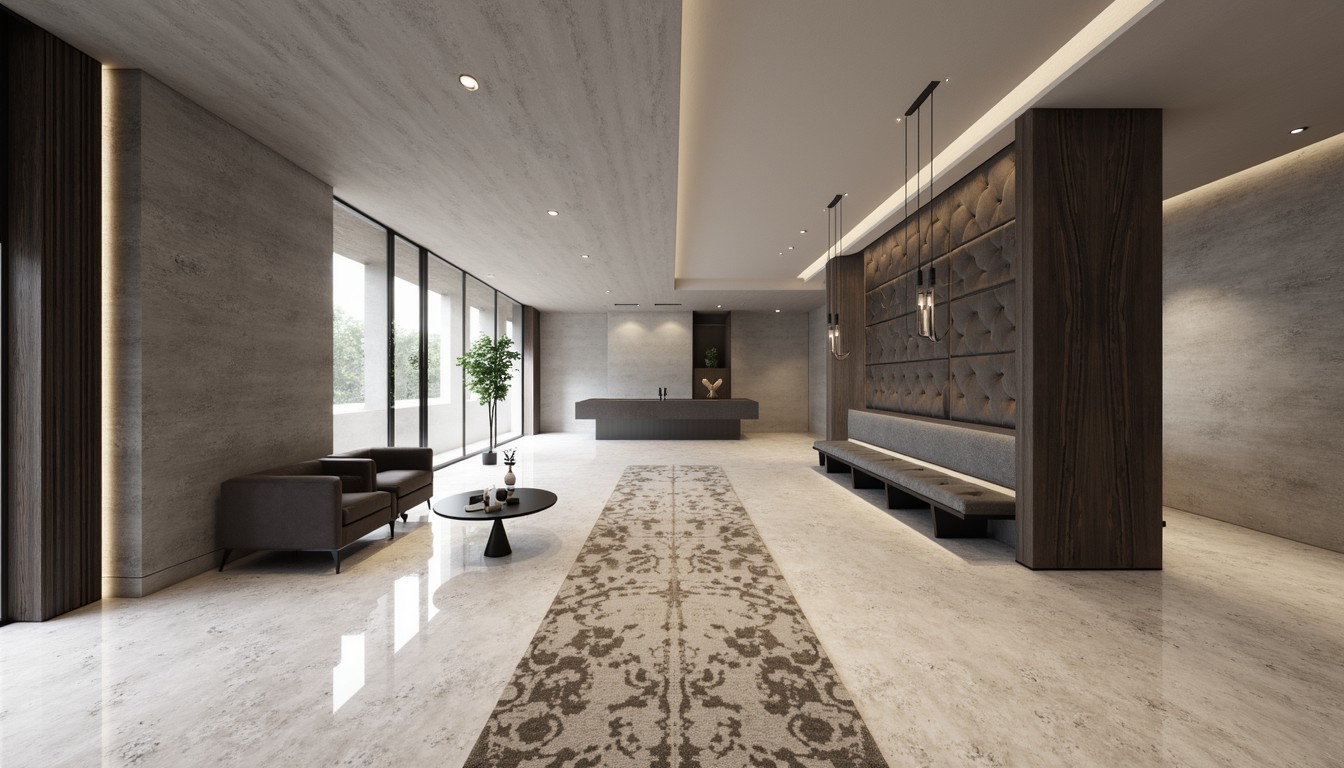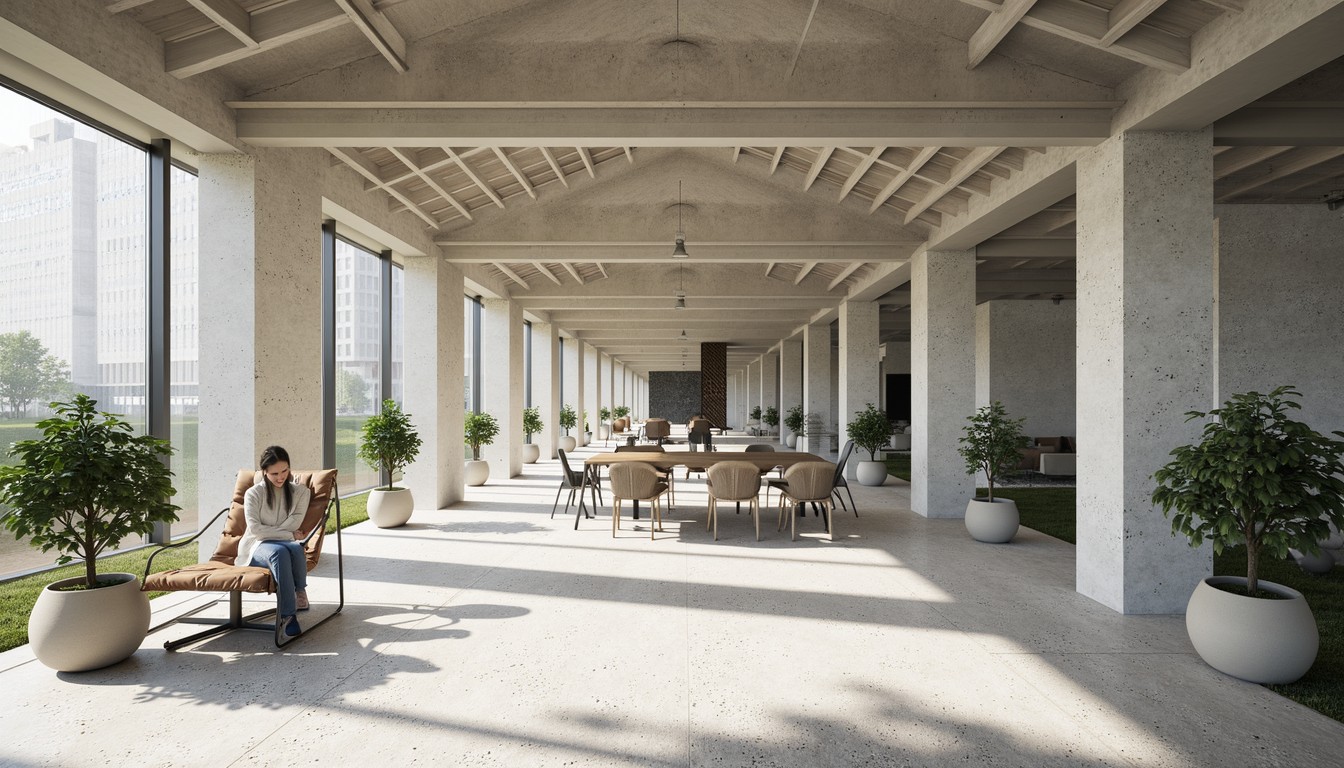Immersive Design: Revolutionizing Architecture with VR & AR
The architectural landscape is undergoing a dramatic transformation, fueled by the rapid advancements in Virtual Reality (VR) and Augmented Reality (AR) technologies. No longer confined to static renderings and 2D blueprints, architects and designers are leveraging the power of immersive experiences to create, visualize, and present their work in unprecedented ways. ArchNav, at the forefront of architectural visualization, understands the transformative potential of VR and AR and is committed to delivering cutting-edge solutions to our clients.
Understanding VR and AR in Architectural Visualization

Virtual Reality (VR) offers a fully immersive, computer-generated environment. Architects can create detailed 3D models of their designs, allowing clients and stakeholders to virtually “walk through” the space, experiencing the scale, proportions, and ambiance firsthand. This level of engagement fosters a deeper understanding of the design and facilitates more informed decision-making.
Augmented Reality (AR) overlays digital information onto the real world. In architecture, this translates to the ability to visualize a proposed building design superimposed onto the existing site, using a smartphone or tablet. This allows clients to see exactly how a new structure will integrate into its surroundings, eliminating guesswork and fostering greater confidence in the design.
Real-World Applications of VR and AR in Architecture
1. Client Presentations and Collaboration:
VR and AR significantly enhance client presentations. Instead of relying on static images and lengthy explanations, architects can now guide clients through a virtual walkthrough of their future home or office building, fostering a stronger emotional connection and facilitating more meaningful discussions. This improved communication leads to more efficient collaboration and better design outcomes.
2. Design Exploration and Iteration:
VR and AR allow for rapid design iteration. Architects can experiment with different design options, materials, and layouts in a virtual environment, identifying potential issues and making adjustments before construction even begins. This iterative process saves time, reduces costs, and improves the overall quality of the design.
3. Construction Planning and Management:
VR can be invaluable for construction planning. Contractors and builders can use VR models to identify potential clashes between different building systems, optimize workflows, and better understand the complexities of the project. This proactive approach minimizes construction errors and delays, leading to more efficient and cost-effective construction processes.
4. Interior Design and Spatial Planning:
VR and AR are revolutionizing interior design. Clients can virtually furnish their spaces, experiment with different color schemes and materials, and visualize how different furniture arrangements will impact the overall feel of the room. This allows for greater personalization and a more satisfying design experience.
5. Urban Planning and Development:
AR can be particularly powerful in urban planning. By superimposing proposed developments onto existing cityscapes, planners can assess the impact of new buildings on the overall urban fabric. This facilitates better community engagement and allows for more informed decisions regarding urban development.
Benefits of Using VR and AR in Architectural Design

- Enhanced Client Engagement: Immersive experiences create a stronger emotional connection with the design.
- Improved Communication and Collaboration: Facilitates clearer communication and more efficient teamwork.
- Reduced Errors and Costs: Early identification of potential problems saves time and money.
- Increased Design Efficiency: Allows for rapid design iteration and experimentation.
- Better Decision-Making: Provides a more comprehensive understanding of the design.
Choosing the Right Technology for Your Project
The choice between VR and AR depends on the specific needs of the project. VR is ideal for immersive walkthroughs and detailed design exploration, while AR is better suited for visualizing designs within their real-world context. ArchNav offers expertise in both technologies and can guide you in selecting the best approach for your project.
The Future of Immersive Design in Architecture

The future of architectural visualization is undeniably immersive. As VR and AR technologies continue to advance, we can expect even more realistic and interactive experiences. The integration of haptic feedback, advanced rendering techniques, and AI-powered design tools will further enhance the capabilities of these technologies, leading to even more innovative and efficient design processes.
ArchNav: Your Partner in Immersive Architectural Visualization
ArchNav is committed to providing cutting-edge architectural visualization services, leveraging the power of VR and AR to deliver exceptional results for our clients. We understand the complexities of architectural design and are dedicated to helping you bring your visions to life through immersive experiences. Contact us today to learn how we can help you transform your design process.
